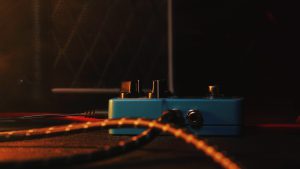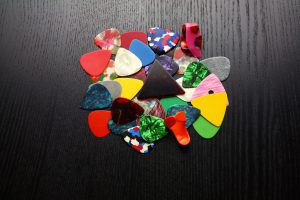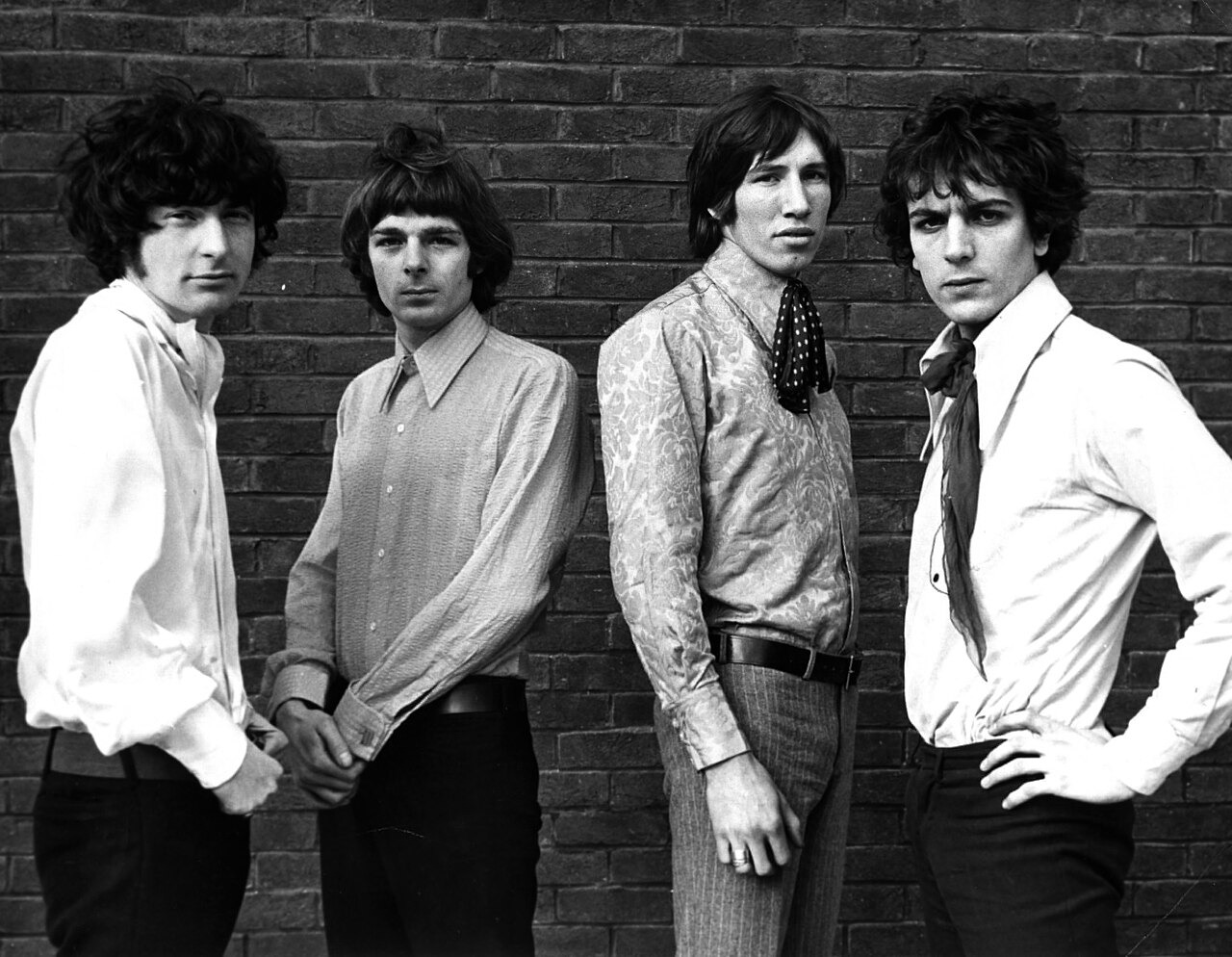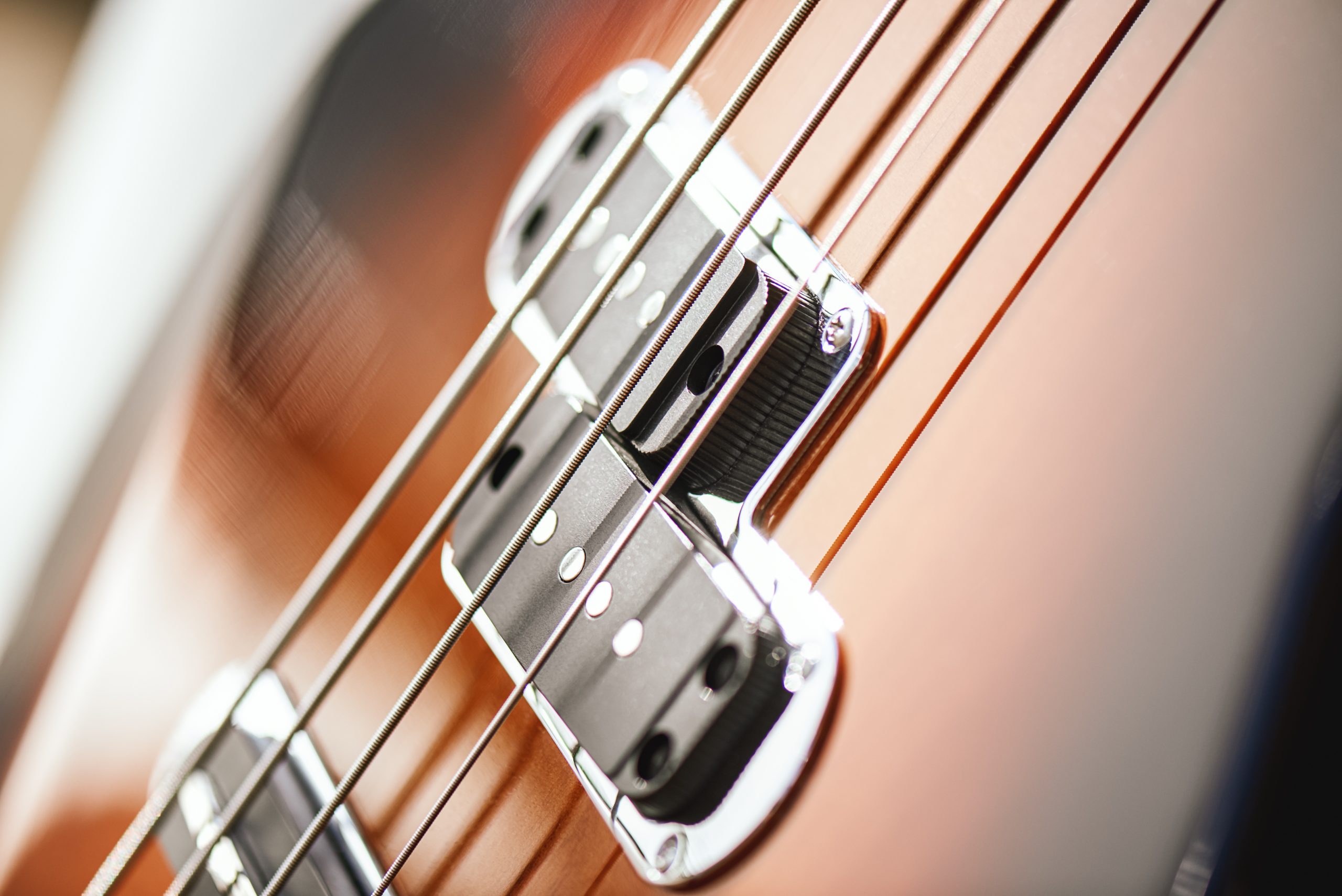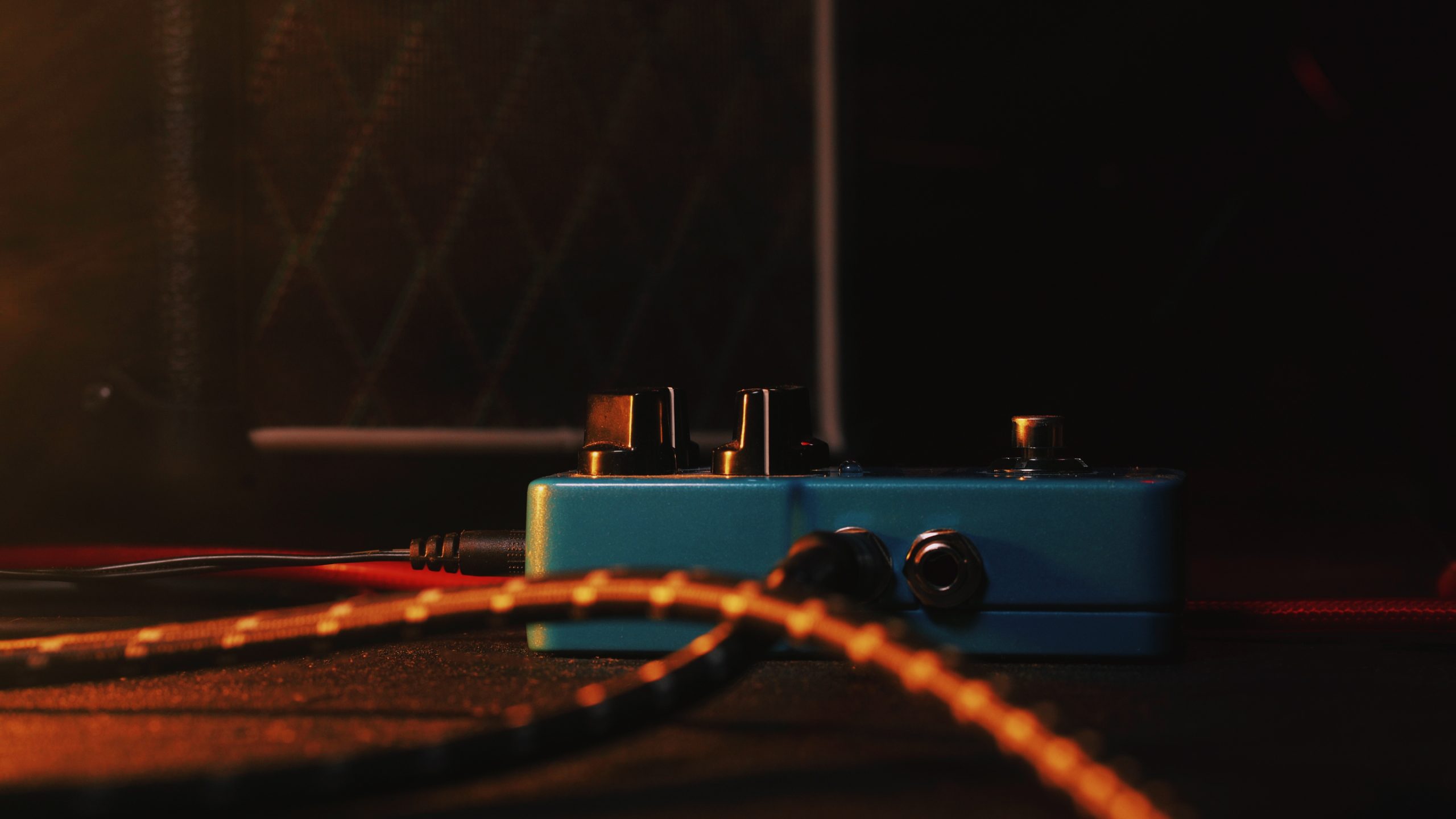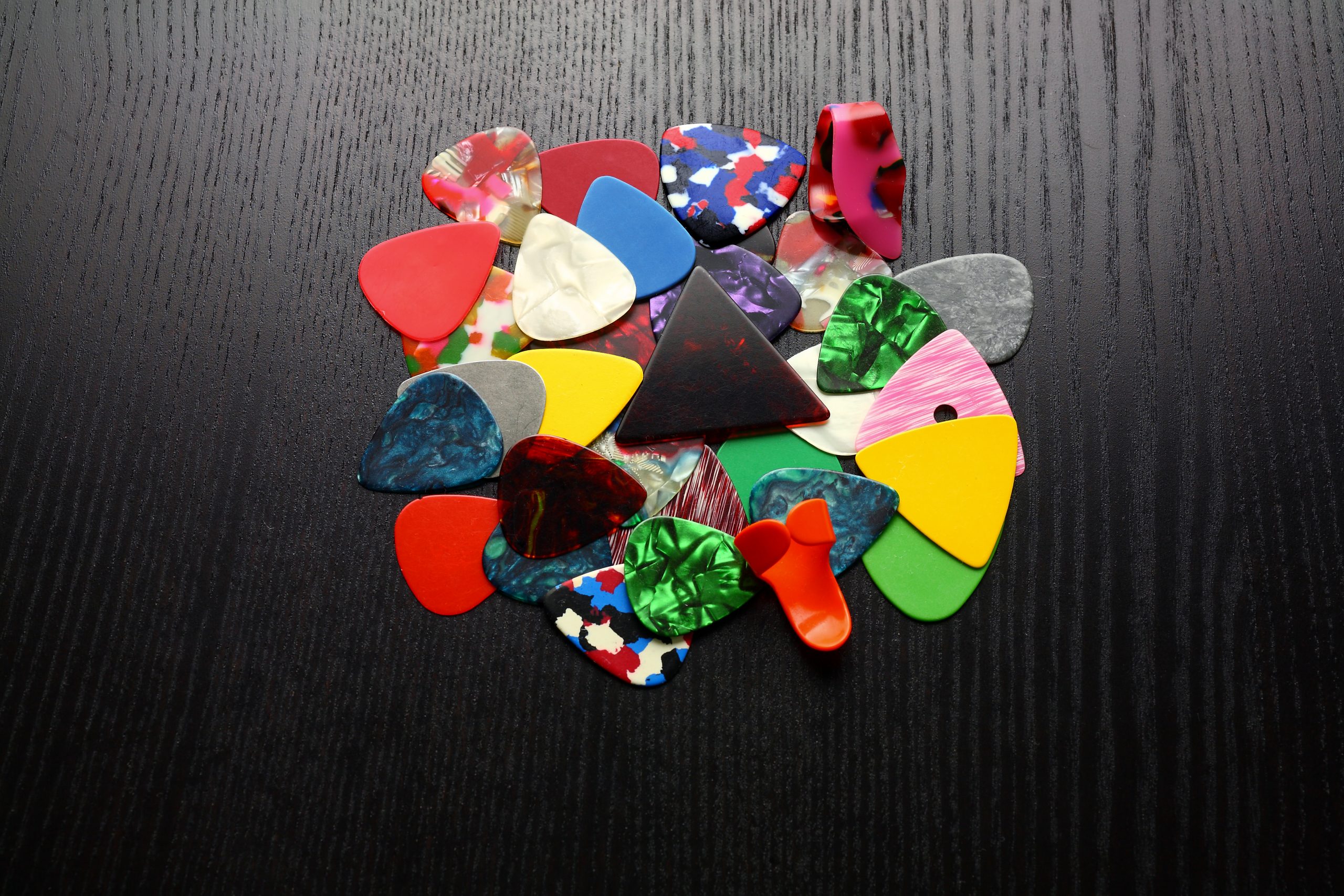Built from fireplace wood and bicycle parts in 1964, Brian May’s Red Special didn’t just save money -it saved Queen from obscurity in the saturated glam rock scene. While competitors wielded expensive Gibsons and Fenders, May’s homemade axe delivered sounds no factory could replicate. This bedroom-engineered marvel became Queen’s secret weapon, cutting through the noise with a voice entirely its own.
Bedroom Engineering Meets Rock History
A teenager and his father turned household scraps into rock’s most distinctive instrument.
Between 1963 and 1964, teenager Brian May and his father, Harold, transformed their modest British home into a luthier’s workshop. Their raw materials read like a hardware store clearance sale:
- Century-old oak fireplace mantel for the neck
- Blockboard and plywood for the body
- Bicycle parts for hardware
- May’s mother’s knitting needle for the tremolo arm
They hand-carved wormhole repairs using matchsticks and shaped mother-of-pearl button inlays according to personal preference rather than industry standards. May’s design created exceptional resonance and feedback response—exactly what he craved after witnessing Jeff Beck’s dynamic playing techniques.
Unlike mass-produced guitars designed for predictability, the Red Special thrived on environmental interaction, singing back to amplifiers and venue acoustics with harmonic complexity that left audiences mesmerized.
From ‘Keep Yourself Alive’ to Arena Anthems
Queen’s signature sound emerged from six strings and revolutionary engineering.
When Queen released “Keep Yourself Alive” in 1973, that distinctive bite you hear cutting through the mix reveals pure Red Special magic. The guitar’s unique Tri-Sonic pickups and custom phase switching created tonal possibilities that separated Queen from the glam rock pack.
Listen to “Brighton Rock” and you’ll notice a sustain that seems to defy physics—notes hanging in the air like smoke in a concert hall. “We Will Rock You” showcases the Red Special’s percussive attack, each chord strike landing with precision that standard guitars couldn’t match.
While other bands relied on studio trickery or expensive gear, May’s bedroom creation delivered authenticity that resonated through arena speakers and into cultural memory. His homemade instrument didn’t just provide Queen’s sound—it shaped their compositional approach, inspiring arrangements that highlighted the guitar’s unique voice.
Five Decades of Defying Replication
Even master luthiers can’t recreate the magic of May’s original creation.
Fifty years later, May still performs exclusively with his original Red Special, a testament to both superior craftsmanship and irreplaceable character. Despite only one major restoration in 1998, the guitar has survived countless tours and studio sessions.
High-end manufacturers from Guild to Burns have attempted commercial reproductions. Master luthiers have crafted painstaking replicas. None captures the original’s sonic fingerprint—that indefinable quality transforming wood and wire into cultural lightning.
May’s homemade guitar proves that authentic innovation trumps expensive equipment every time, inspiring generations of DIY builders to trust their instincts over industry conventions. His creation didn’t just define Queen’s legacy—it redefined what’s possible when necessity meets creativity.




